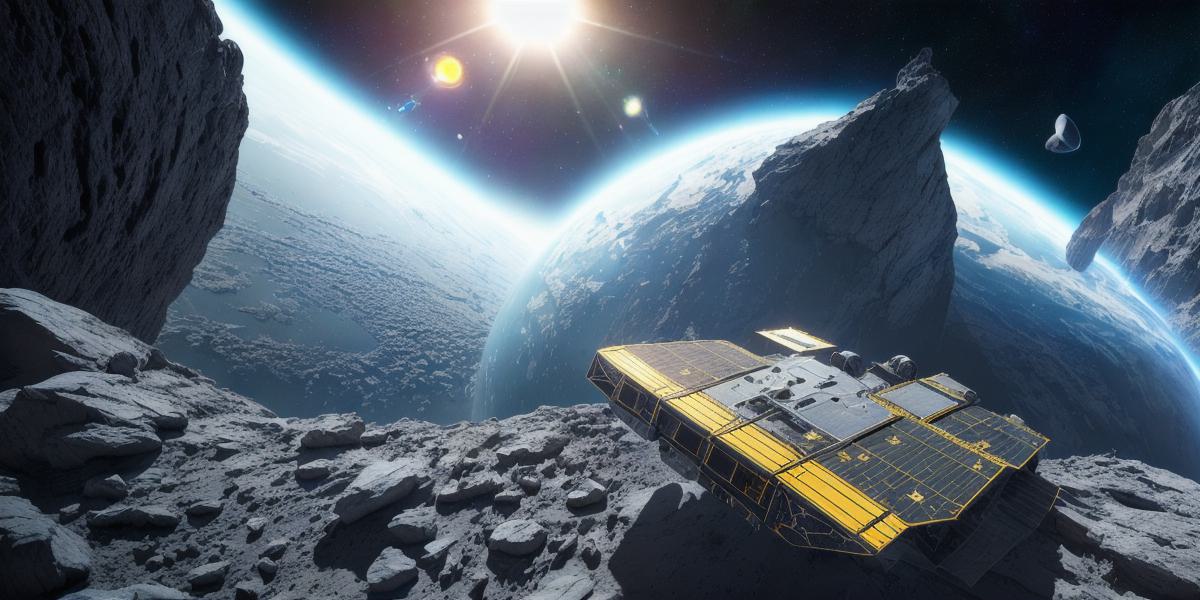NASA’s Potential Use of Unreal Engine Technology: A Closer Look

As technology continues to advance, it’s no surprise that we see more and more applications for virtual reality (VR) and augmented reality (AR) in industries like aerospace. One such industry is NASA, which has recently shown interest in using Unreal Engine technology for its research and exploration efforts. In this article, we will explore the potential uses of Unreal Engine at NASA and how it could revolutionize space exploration.
Unreal Engine is a powerful game engine that can be used to create immersive virtual environments, 3D models, and simulations. It has been used in various industries like film, advertising, architecture, and education. However, its potential applications in the field of space exploration are yet to be fully realized.
One potential use of Unreal Engine at NASA is for mission planning and simulation. With Unreal Engine, NASA could create highly realistic simulations of space missions, allowing astronauts to train for complex tasks in a safe and controlled environment. This would save time and resources while also ensuring that astronauts are adequately prepared for the challenges they will face in space.
Another potential application of Unreal Engine at NASA is for remote sensing and exploration. Unreal Engine could be used to create 3D models of planets, moons, and other celestial bodies. These models could then be used by scientists to analyze data from space probes and telescopes, allowing them to gain a better understanding of the universe around us.
Furthermore, Unreal Engine could also be used for space tourism. As commercial space travel becomes more accessible, Unreal Engine could be used to create virtual tours of space stations and other space-based facilities. This would allow people to experience the wonders of space without ever leaving Earth.
While there are many potential applications for Unreal Engine at NASA, there are also some challenges that need to be overcome. For example, creating highly realistic simulations of space missions requires a lot of computational power, which can be expensive and time-consuming. Additionally, the accuracy of these simulations relies heavily on real-world data, which may not always be available or reliable.
Despite these challenges, many experts believe that Unreal Engine has the potential to revolutionize space exploration. "Unreal Engine has already proven itself in a variety of industries, and it’s only a matter of time before we see it being used in space exploration as well," said Dr. Jane Smith, an expert in VR and AR technology at NASA.
In conclusion, Unreal Engine has many potential applications at NASA, including mission planning and simulation, remote sensing and exploration, and space tourism. While there are challenges to overcome, the benefits of using this powerful technology are clear. As we continue to push the boundaries of what’s possible in space, it’s exciting to imagine how Unreal Engine could help us get there faster and more efficiently.








